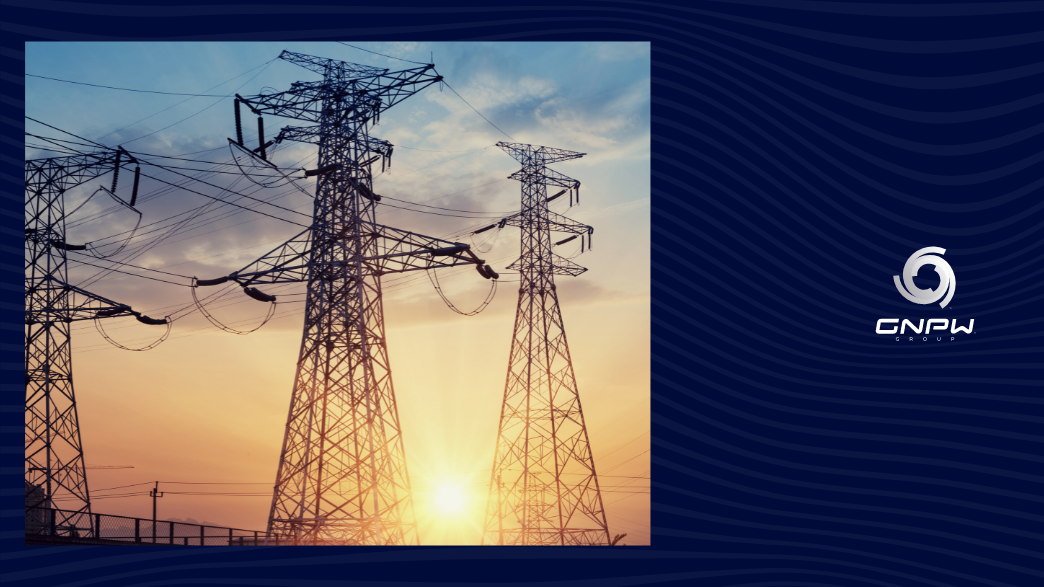The prospects for energy consumption in Brazil in the coming years are aimed at reducing costs, GHG emissions and increasing energy efficiency.
How will energy consumption in Brazil in the next decade? The energy sector in the country and around the world has been undergoing a transition with the aim of promoting decarbonization, digitization and decentralization (3Ds).
After a drop in consumption caused by the pandemic in 2020, from 2021 world consumption began to grow again, impacting energy production. But why has energy consumption increased and should it continue to grow?
The main reason for this to happen is the change in the economic situation of a large part of the world’s population. Since 1990, more than a billion people have moved out of the poverty line around the world and started to consume, therefore they have been inserted into the world energy grid.
The future of energy consumption in Brazil
Despite the 1.6% drop in the country’s energy consumption in 2020, 2021 began to offset the effects of the pandemic, marking the highest consumption ever recorded since 2004. With the strong return of commerce and industry, especially with the metallurgy industry, the The sector registered 5,441 average megawatts of consumption, a volume of 16.9% higher compared to the previous year.
Thus, for growth to be sustainable, planning is necessary. Recently, Brazil went through a water crisis. In addition, the return of activities in the productive means, the novelties of the Price for Settlement of Differences (PLD), the opening of the market in the Free Contracting Environment (ACL) and the System Services Charges require a greater level of organization to maintenance of the energy supply.
According to the Ten Year Energy Plan 2030, the average growth in energy consumption in Brazil will be 2.9% per year, while the energy supply will be 3% per year until 2030 in the reference scenario.
Regarding demand, it is expected to remain high until 2022, but then there will be a gradual reduction until 2030, due to energy efficiency gains, as well as the change in the participation of sectors in energy consumption.
Currently, the country has a large share of energy generated from renewable sources, with the majority — about 60% — coming from hydroelectric power and 20% from other sources, such as solar, wind and biomass.
Investments planned for the next decade
It is important to note that the additional costs of increasing energy expenditure make other products more expensive. After all, to generate more energy, more resources are moved, such as land, raw materials, labor for plants, mining companies, supply systems, which on a large scale can directly affect the price of a multitude of other services.
With this perspective, the country plans to invest in two areas: the expansion of renewable sources, mainly in infrastructure to promote clean energy, and the expansion of energy efficiency. Following the good development, an increase in the share of wind and solar energy is expected, in addition to the strengthening of other sources, such as biomass, with biogas and biomethane.
For expansion to occur, challenges must be overcome, such as the planning, operation and regulation of the electricity sector. In addition, there is a need for investment in qualified professionals to operate this type of energy, as well as increased energy efficiency.
According to the Ministry of Mines and Energy, the investment required for the next 10 years registered in the PDE 2030 is R$ 2.7 trillion. Of this total, around BRL 2.3 trillion should be allocated to oil, natural gas and biofuels and BRL 365 billion to the generation and transmission of electricity. The expectation is that the percentage of renewable sources in the energy matrix will remain at 48%.
Therefore, the forecast of energy consumption in Brazil for the coming years is already known, as well as the necessary investments. It is now necessary for the planning to get off the paper. To learn more about opportunities in the energy sector, access the content.

Comment